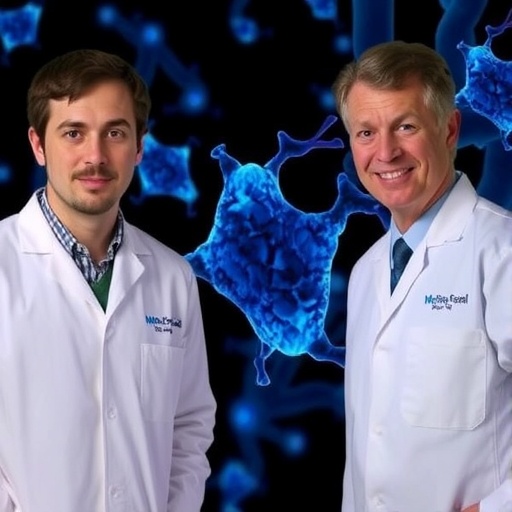Neuroscientists are currently working diligently to understand the dynamics of thousands of coupled neurons. Understanding how they operate requires accurate models. The trouble is that each of the existing neuroscience models has its own shortcomings. Russian physicists have, for the first time, developed an effective method for solving the equations of a well-known theoretical neuroscience dynamic model and make it more biologically relevant. These findings have just been published in EPJ Plus by Eugene Postnikov and Olga Titkova from Kursk State University, Russia. They could not only help resolve problems in the neurosciences, but could also provide a deeper understanding of neuronal activity in the emerging sector of neurovascular dynamics, which describes the interplay between the brain's neurons and the blood flow.
The most biologically accurate neuroscience model is the 1952 Hodgkin-Huxley model (HH), which garnered its inventors the 1963 Nobel Prize in Physiology and Medicine. This model provides an understanding of neurons' dynamics as physical objects similar to electric circuits. By contrast, the most widespread theoretical model is the FitzHugh-Nagumo model (FHN), a qualitative model reproducing the main features of neuronal dynamics patterns without providing quantifiable biological information.
Previous attempts at modelling neuronal activity in actual brains involved combining the electrical currents within microscopic compartments for each of thousands of individuals neurons. Instead, the authors started from the macroscopic solutions of a simplified version of the biologically accurate HH model, which reflects the measurement in a nerve of the global voltage of neuron spikes evolving over time.
They then changed the parameters of the FHN model so that the key features of its graphical output matched those of the actual voltage curve recorded in the neuron. The authors demonstrated that, in order for the FHN model to resemble the biological reality as closely as possible, it needs to include dependence on external currents. This property provides valuable insights into the dynamics of coupled neuronal systems.
###
Reference:
E. B. Postnikov and O. V. Titkova (2016), A correspondence between the Hodgkin-Huxley and FitzHugh-Nagumo models revisited, Eur. Phys. J. Plus (2016) 131: 411, DOI 10.1140/epjp/i2016-16411-1
Media Contact
Sabine Lehr
[email protected]
49-622-148-78336
@SpringerNature
http://www.springer.com
############
Story Source: Materials provided by Scienmag




